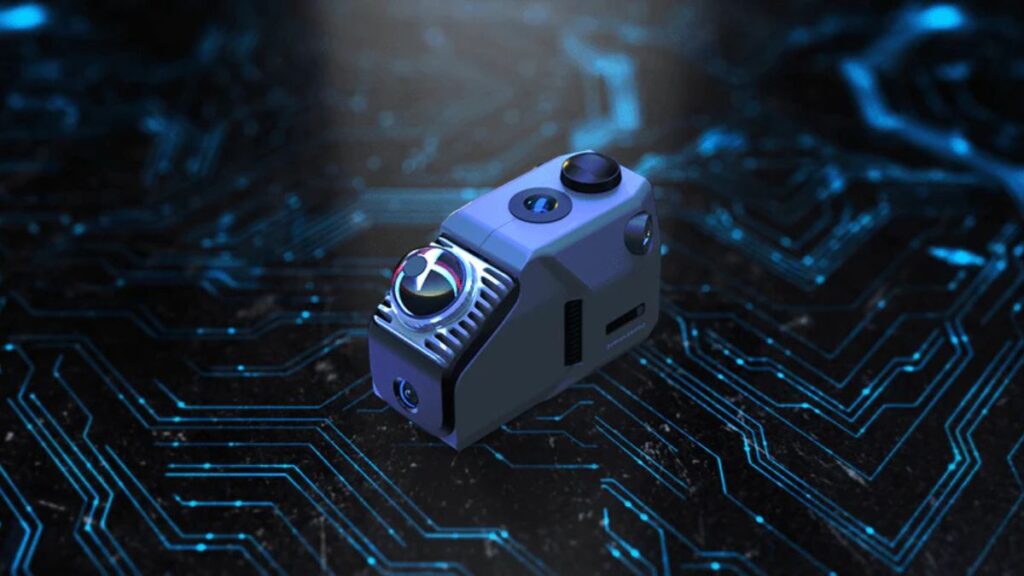Introduction to Lidarmos and its History
Imagine a world where technology can create detailed, three-dimensional maps of our surroundings in the blink of an eye. This isn’t just science fiction; it’s the reality brought to life by lidarmos. These remarkable devices have revolutionized how we perceive and interact with our environment.
Originating from early laser scanning technologies, lidarmos have come a long way since their inception. As they evolve, they are finding applications across numerous fields—from autonomous vehicles to environmental monitoring. The possibilities seem endless as industries continue to explore innovative uses for this powerful technology.
Join us on a journey through the fascinating landscape of lidarmos, where cutting-edge advancements meet real-world applications that shape our future!
How Lidarmos is Used in Modern Technology
Lidarmos, or Light Detection and Ranging systems, are transforming how we interact with the world around us. These devices emit laser light to measure distances, creating detailed 3D maps of various environments.
In autonomous vehicles, lidarmos play a crucial role in navigation. They help cars detect obstacles and assess their surroundings in real-time. This technology enhances safety and efficiency on the road.
Smart cities are another area where lidarmos shine. Urban planners use this tech to analyze infrastructure conditions, monitor traffic patterns, and improve public services.
Robotics also benefits significantly from lidarmos integration. Robots equipped with these sensors can navigate complex spaces accurately, whether it’s for warehouse logistics or search-and-rescue missions.
Moreover, environmental monitoring has evolved thanks to lidarnos applications. Scientists utilize these systems for mapping forests and tracking changes in land use over time. The possibilities continue expanding as technology advances further.
Advancements and Innovations in Lidarmos Technology
Lidarmos technology has seen remarkable advancements that are reshaping various sectors. New sensors are becoming lighter, more compact, and increasingly accurate. This evolution allows for integration into drones, autonomous vehicles, and smartphones.
Real-time data processing is another significant leap forward. Modern lidarmos can now generate 3D maps instantly, enabling applications in navigation and obstacle detection. These improvements enhance safety and efficiency across industries.
Moreover, artificial intelligence is playing a crucial role in lidarmos development. AI algorithms analyze vast amounts of lidar data quickly. This synergy improves performance in complex environments like urban landscapes or dense forests.
Innovations also include multi-sensor fusion techniques. By combining lidarmos with cameras or radar systems, we gain richer datasets for better decision-making processes in robotics and automation tasks.
As the tech evolves further, we can expect even more groundbreaking applications to emerge from these sophisticated devices.
The Benefits of Using Lidarmos in Various Industries
Lidarmos technology offers numerous benefits across diverse industries. In the realm of construction, it enhances site surveying with precision and speed. This allows for more accurate project planning and management.
Transportation also reaps significant rewards from lidarmos. Autonomous vehicles rely on this technology for real-time mapping, ensuring safety in navigation and obstacle detection.
In agriculture, lidarmos aids farmers by providing detailed topographical data. This information is crucial for optimizing land use and improving crop yields.
Moreover, environmental monitoring has seen a transformation thanks to lidarmos capabilities. It assists researchers in tracking changes in ecosystems effectively.
Healthcare isn’t left behind either; medical imaging has become sharper through the application of lidarmos, enabling better diagnosis and treatment options.
These advantages demonstrate how versatile lidarmos can be when applied thoughtfully within various sectors.
Challenges and Limitations of Lidarmos
Lidarmos, while revolutionary, faces several challenges that hinder its widespread adoption. One significant issue is the high cost of equipment and maintenance. This can be a barrier for startups or smaller companies looking to implement this technology.
Moreover, environmental factors pose limitations as well. Heavy rain, fog, or dust can affect the accuracy of data collection. Such conditions lead to unreliable readings, which may compromise project outcomes.
Additionally, the complexity of processing lidar data requires specialized skills and software. Many organizations struggle with integrating these systems seamlessly into their existing workflows.
Concerns about privacy have emerged alongside lidar’s capabilities. The ability to gather detailed spatial information raises questions about surveillance and consent in public spaces.
The Potential Future of Lidarmos in Technology
The potential future of lidarmos is brimming with possibilities. As technology evolves, so too does the application of these devices. We can expect to see lidarmos integrated into everyday gadgets, making them more efficient and user-friendly.
Automotive industries are already exploring autonomous vehicles equipped with advanced sensors. This could lead to safer roads and reduced traffic incidents.
In smart cities, lidarmos may play a pivotal role in urban planning. They can provide critical data for optimizing infrastructure and enhancing public safety.
Healthcare also stands to benefit significantly. With precise mapping capabilities, lidar technology could revolutionize surgical procedures by offering real-time imaging solutions.
As research continues, innovations in lidarmos promise enhanced accuracy and affordability. Such advancements will likely open doors to new markets and applications previously thought unattainable.
Conclusion: Embracing the Possibilities of Lidarmos
The world of lidarmos is rapidly evolving, opening doors to incredible possibilities across various sectors. As technology advances, the integration of lidarmos into everyday applications becomes increasingly seamless. From enhancing autonomous vehicles to revolutionizing urban planning and environmental monitoring, the impact is profound.
Industries are beginning to recognize the transformative potential that lidarmos hold. Their precision and efficiency can lead to significant improvements in safety and productivity. The ongoing research and development promise even more innovative solutions in the near future.
While challenges remain regarding cost, data processing capabilities, and regulatory hurdles, these are by no means insurmountable. With a collaborative approach among tech developers, businesses, and legislators, these obstacles can be addressed effectively.
As we continue to embrace technological advancements like lidarmos, it’s essential to remain open-minded about how they will shape our lives moving forward. The journey has just begun; it’s an exciting time for those eager to explore what lies ahead in this realm of advanced sensing technology.






